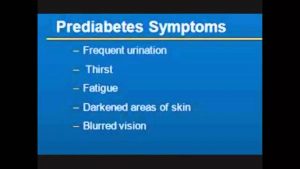Kidney disease is a chronic, progressive disease. As a result, there are specific symptoms associated with its progression. Many nephrologists (kidney specialists) use a standard classification system to describe these common symptoms and stages. Many symptoms are associated with what is known as the Glomerular Filtration Rate (GFR). According to the Foundation for IgA Nephropathy, the GFR is the rate at which the kidneys filter waste and relates to a patient’s “kidney function.” Stage 1 Signs of mild kidney disease but with normal or better GFR (greater than 90% kidney function) Stage 2 Signs of mild kidney disease with reduced GFR (indicating 60% to 89% kidney function). Symptoms of stage 1 and 2 Chronic Kidney Disease Stages 1 to 2 – Early chronic renal insufficiency 1. Physical symptoms. Usually few or no physical symptoms that you can feel (other than those you may experience if you have heavy proteinuria). 2. Blood work. Blood work results will show abnormalities – mainly a slightly elevated serum creatinine. Note that there is often a time lag between elevations of serum creatinine, and some progression of the IgAN. By the time serum creatinine is elevated, the person may already have lost 50% of kidney function. 5. Blood pressure. Some people start having high blood pressure even in early chronic renal failure. IgAN is one kidney disease that can do this. 6. Anemia. Anemia may rarely occur at this stage. In this case, it is most often caused by having heavy proteinuria rather than actual chronic renal insufficiency. Stage 3 Signs of moderate chronic renal insufficiency (where the GFR indicates 40% to 59% kidney function) Stage 4 Signs of severe chronic renal insufficiency (where the GFR indicates 15% to 29% kidney function). Symptoms of stage 3 and 4 Chronic Kidney Disease Stages 3 to 4 – Advanced chronic renal insufficiency 1. Physical symptoms. You may still feel completely normal at this stage, or you may begin to experience one or more of the following symptoms: 2. Serum creatinine. Serum creatinine will be higher (indicating less than 30% kidney function) 3. Tiredness or fatigue 4. Puffiness or swelling (obvious in the hands or feet and ankles, but the puffiness will often first be seen around the eyes). 5. Back pain. Chronic kidney disease back pain is usually felt as a dull ache anywhere in the mid-to-lower portion of the back, on one side or the other – this is sometimes referred to as flank pain or loin pain. 6. Appetite. Changes in appetite or eating pattern. Foods may start tasting “funny.” 7. Urine. Changes in urination (amount, color, frequency). Urine may in fact look exceptionally clear at this point, rather than abnormal. This is because little is actually being filtered into it by your kidneys. Previously high proteinuria and/or hematuria may actually improve. 8. Blood pressure. High blood pressure (also referred to as hypertension). 9. Digestion. Poor digestion (varying degrees of gastroparesis, which means that digestion is slowed). Stage 5 Signs of end stage renal failure (where the GFR indicates less than 15% kidney function). Symptoms of stage 5 Chronic Kidney Disease Stage 5 – End-stage renal failure (or late chronic renal insufficiency) 1. Anemia (may begin earlier than this) 2. Easy bleeding and bruising 3. Headache 4. Fatigue and drowsy feeling (more than normal or usual for you) 5. Weakness 6. Mental symptoms such as lowered mental alertness, trouble concentrating, confusion, seizures 7. Nausea, vomiting, and generally less desire to eat 8. Thirst 9. Muscle cramps, muscle twitching 10. Nocturia (night-time urination) 11. Numb sensation in the extremities 12. Diarrhea 13. Itchy skin, itchy eyes 14. Skin color changes (grayish complexion, sometimes yellowish-brownish tone) 15. Swelling and puffiness (more than you had while in advanced renal failure, and most likely in the feet and/or ankles) 16. Difficulty breathing (due to fluid in the lungs, anemia) 17. High blood pressure (with IgAN, you may already have had this since the early stages) 18. Decreased sexual interest 19. Changes in menstrual cycle (and difficulty getting pregnant) 20. Poor digestion (varying degrees of gastroparesis) Article Credit: http://www.nationalkidneycenter.org/chronic-kidney-disease/stages/?gclid=Cj0KCQjw8b_MBRDcARIsAKJE7lmUUIXTiAB-3qIWW4WwKg99-km9_Bbci5AC74Fm93vMwhcLMbHM8vcaAsm9EALw_wcB Subscribe: https://www.youtube.com/channel/UCkVKbsi4wOka3tK0IWPFKRA/videos
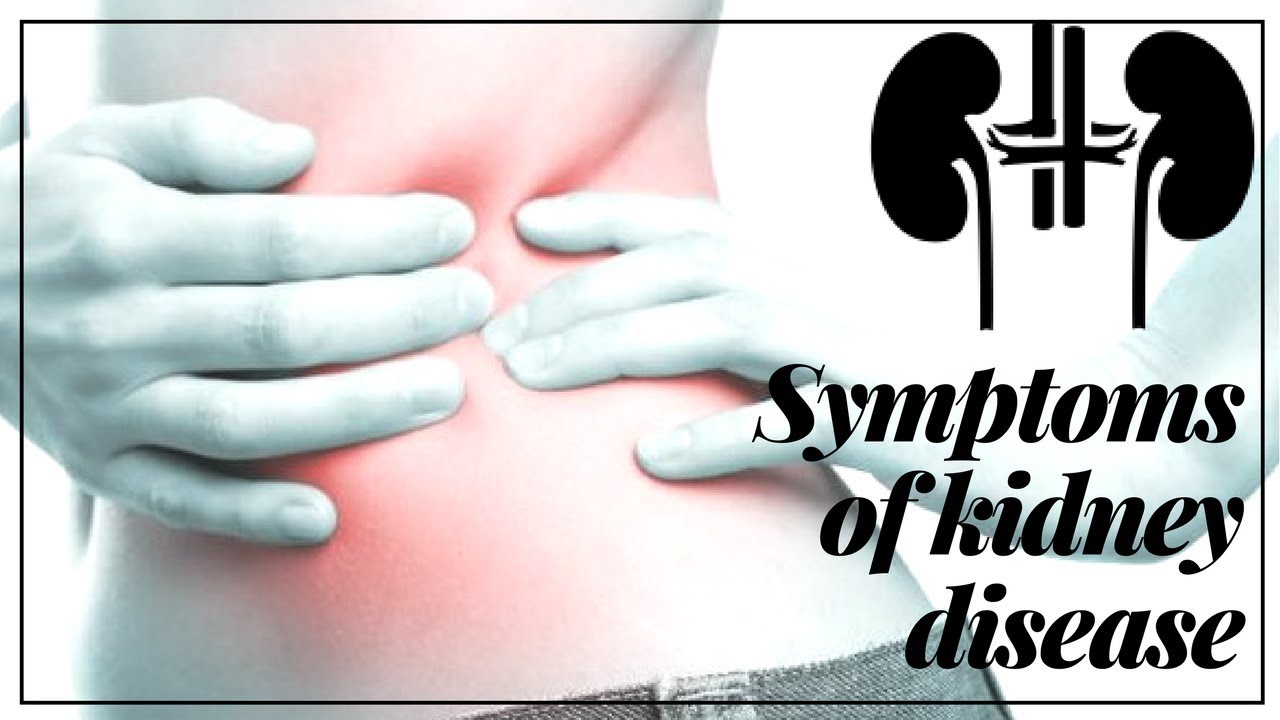
SYMPTOMS OF KIDNEY DISEASE
- Post author:
- Post published:May 28, 2021
- Post category:Uncategorized
- Post comments:0 Comments
You Might Also Like

Low impact, high intensity cardio and ab workout – at home HIIT fat burning interval exercises

Can steroids for muscle gain & painkillers lead to Kidney Failure? – Dr. Vidyashankar Panchangam
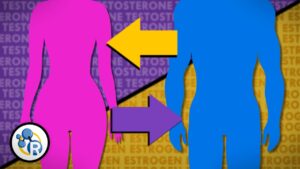
Hormones and Gender Transition

Hany Rambod’s 70 Seconds on FST-7 Overhead Tricep Extension (High Pulley)
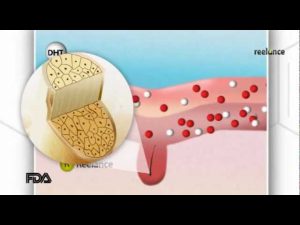
how to avoid hair loss for woman + minoxidil

100m Sprints – HIIT Cardio
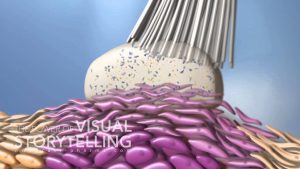
Actinic Keratosis Mode of Action Animation

Educational Psychology Video – 1

Fitness First BMR and TDEE
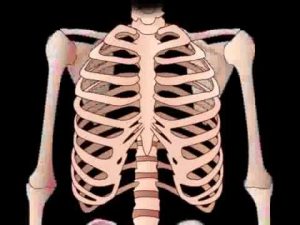
Skeletal System & Bone anatomy physiology
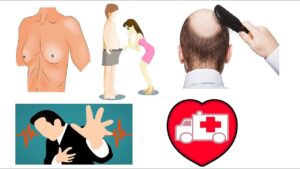
Testosterone & Androgenic Effects Video – 26

Dr. Drew talks finasteride warnings

Cheap Bodybuilding Foods (Bodybuilding On A Budget)

Shrugs-6

Korean Scientists’ Breakthrough Research for Hair Loss
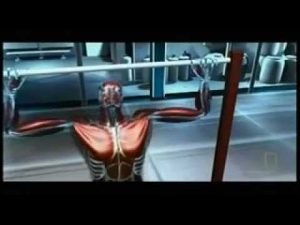
how muscles grow
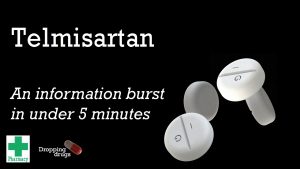
Telmisartan information burst

Bodybuilding Video – 4

Best way to workout chest
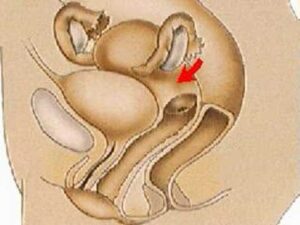
How the Body Works : Female Reproductive Organs

WHAT I EAT IN A DAY | WEIGHT LOSS MEAL PLAN FOR WOMEN

McKenzie Press-up (Back Extension Exercise) -HD

Overweight & Obesity Video – 3

Squat-3
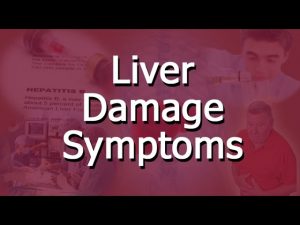
Liver Damage Symptoms

Sports Injuries Video – 4

What makes muscles grow? – Jeffrey Siegel
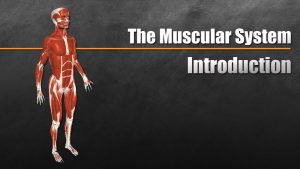
The Muscular System Explained In 6 Minutes

Sugar Free, Low Sugar Video – 17
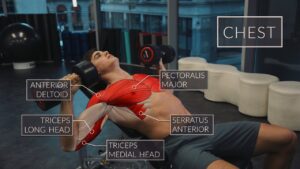
Exercise Anatomy Video – 1

What does silymarin mean?

When You Burn Fat, Where Does it Go?

What causes diabetes, high blood sugar and type 2 diabetes

Best Foods to Cure Jaundice | Healthy Recipes

Vitamin B7 | Deficiency | Biotin | Hair fall | MudeserAliFitnessPro | Nutritionist
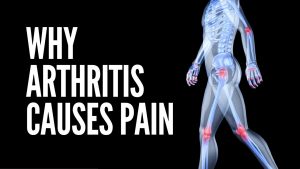
What Is Arthritis | What Causes Arthritis | Why Arthritis Causes Pain

Why do you feel cold when you have fever?
Anabolic Steroids, Growth Hormone & Testosterone
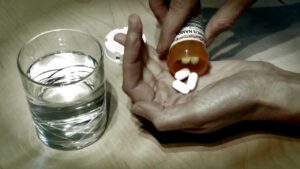
Sleep Medicine Video – 3

Concentration Curl: Seated vs Standing
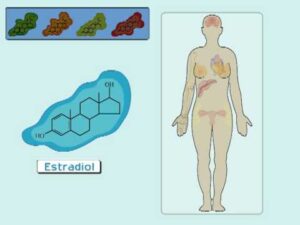
The Estrogen Receptor (I): Hormonal Mechanisms in the Body
